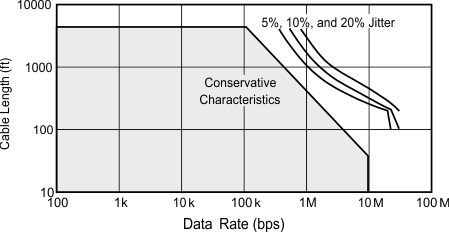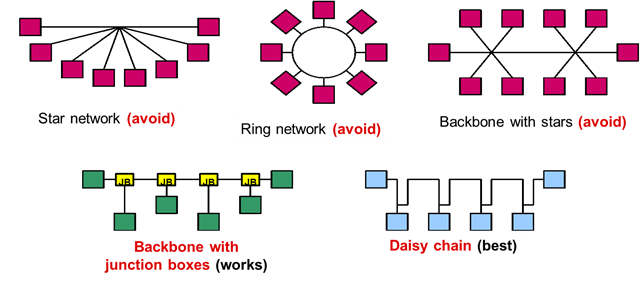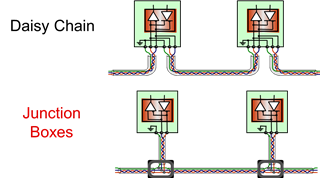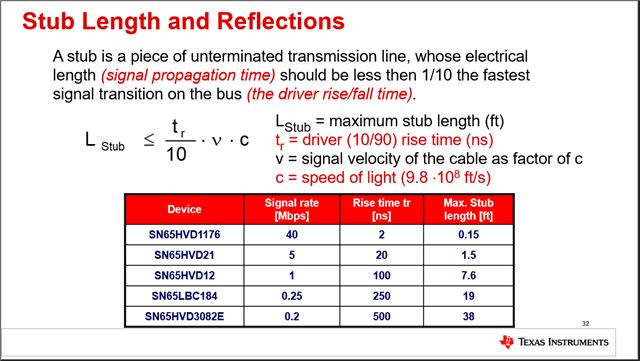Other Parts Discussed in Thread: SN65HVD24, THVD1520, THVD1550, THVD1420
I'm trying to find an RS485 half-duplex transceiver that can handle over 100 nodes at a distance of over 100 meters and a speed over 10 Mbps (20-30 Mbps would be even better). I know that this is not easy and it depends on a lot of factors, such as cable quality.
I found the SN65HVD23, which is optimized for signaling around 25 Mbps with cable lengths of up to 200 meters, but it only allows 64 nodes.
The SN65HVD24, which is optimized for signaling around 5 Mbps with cable lengths up to 500 meters, and allows 256 nodes. However, the data rate is a bit lower that necessary.
Without carefully looking through every single datasheet, I'm having difficulty finding devices that have features for extending range, for example receiver equalization or preemphasis on the transmitter.
Does anyone have some suggested parts to look at?





